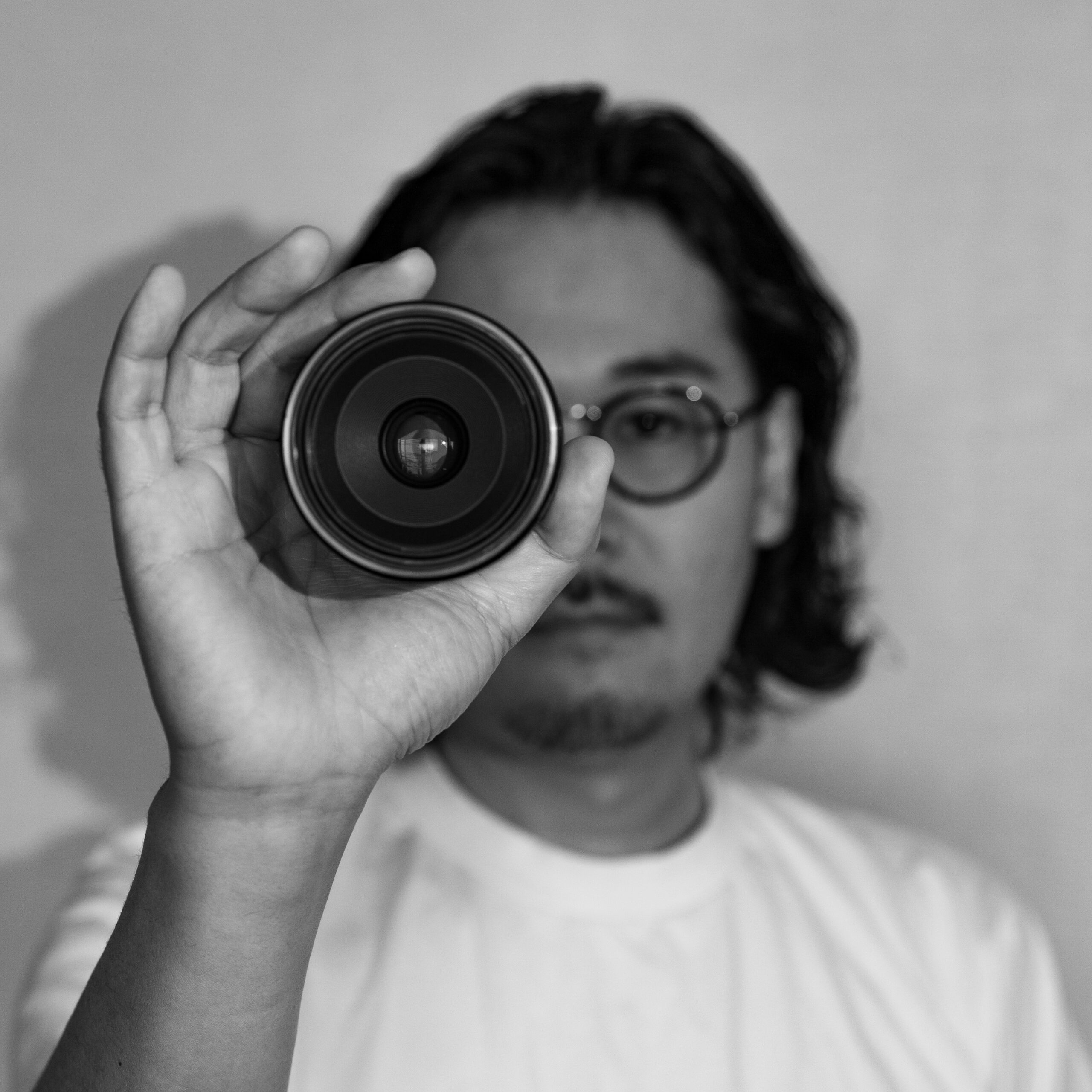Q: Your portfolio reveals a hidden world of sea creatures in their earliest, most fragile stages. What first inspired you to focus on photographing these “floating babies”?
I don’t think there was any one major trigger.
Each encounter with the floating babies, possessing unparalleled beauty and wonder, gripped my heart and drew me in. For just a brief moment, the astonishment of moving at eye level with these newborn, minuscule beings and sharing time with them. That astonishment, that experience itself, became the driving force propelling me into the sea.
The act of capturing the fleeting brilliance of those incredibly small lives became pure bliss for me.
Q: Many of these beings are only millimeters long, translucent, and constantly moving. What were the biggest technical challenges in capturing them so clearly and beautifully?
The most challenging aspect of this photography style is that without high-level proficiency in both diving and photography techniques, we simply cannot capture decent photos.
While some sea babies drift passively with the current and others swim under their own power, we must maintain the same position as them at every depth and continuously synchronize our movements with theirs.
Additionally, we must constantly frame these tiny creatures using a macro lens, which demands millimeter-precise movements.
Moreover, if we lose them from the frame even once, letting them drift out of our light’s range, the chances of finding them again are extremely slim. we can easily lose a once-in-a-lifetime encounter.
It’s likely that the scarcity of divers attempting this genre stems from these numerous technical challenges.
Q: You describe photographing them at night, where they appear like stardust in the ocean. How does working in these conditions influence both your technique and your artistic vision?
The night sea is enveloped in perfect darkness and silence.
Without the light from a flashlight, pitch blackness spreads before me, and I hear only my own breathing.
But once you turn on the light, countless lives spread out before me, reflecting the light and shining brightly.This scene is truly the universe itself. Especially underwater, where gravity feels absent, I can sometimes forget I am even on Earth.
This situation—being both in space and on Earth, both solitary and part of a collective—imparts a sense of mystery to my photographs.
Technically, I use their tiny reflections as backgrounds, allowing them to function as elements that adorn the subjects, much like stardust scattered across the cosmos.
Q: The jury noted the graphic quality of your images, with creatures appearing almost abstract. Do you think of your work as more scientific documentation, artistic exploration, or a mix of both?
Artistic exploration is my way.
Of course, the academic aspect is also one of this world’s charms. Among them are many undiscovered creatures, and encountering them holds significant scientific value.
When I first started, I found equal appeal in both aspects and sought subjects based on their rarity. But as I continued, I began to question that mindset. I realized that my pursuit of unseen creatures was causing me to neglect those I had already encountered. I felt this filtering of subjects was diminishing my photography, making it dull and stifling.After recognizing this, I changed my approach and gradually began focusing more on the inherent beauty of floating Babies themselves.
Now, I no longer feel a special fascination simply because a creature is rare. I value observing the individuality of each creature I encounter, contemplating what I find beautiful in them, and striving to capture that beauty to the fullest. I believe this very act is what gives my photographs their value.
Q: By showing these delicate, rarely-seen forms of marine life, what impact do you hope your photography will have on viewers’ connection to the ocean and its conservation?
Of course, the main photo is no exception, but many of the composite photos this time feature subjects I found right on the beach near my home.
I want people who see my photos to understand that such beautiful creatures are breathing life right beside us. By doing so, I hope people who previously had no interest will connect with the ocean and nature, and develop a curiosity about them.
I consider this my small way of giving back to the ocean and nature.

